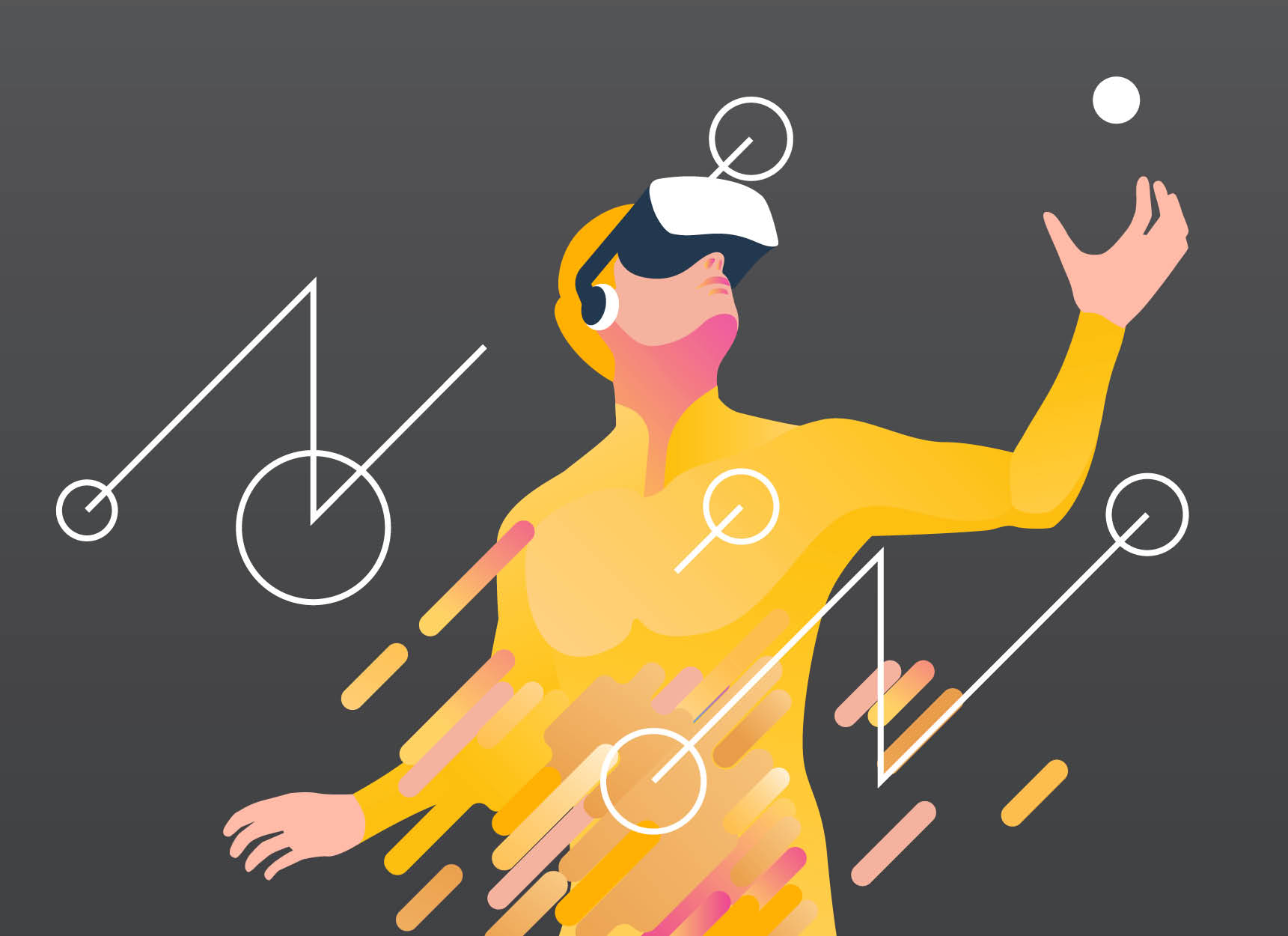When it comes to marketing a business, everyone is always chasing that ‘next big thing’ that will put them ahead of the competition and increase the reach of their brand. And when it comes to visually connecting with your customers, it doesn’t come much bigger than virtual reality (VR).
It’s an emerging technology that’s really come into its own in the last couple of years, and with both Facebook and Google investing heavily in the technology, it looks like it’s here to stay. So how can you incorporate virtual reality into your video marketing?
Virtual reality – the basics
First of all, let’s look at what exactly virtual reality is, and why it’s so successful in engaging audiences. Essentially, the technology in the headset a person wears tricks their brain into thinking they are in a real place, giving them the sensation of being fully immersed in a 3D location or environment.
Exposing your customer to this type of video offers a more intense experience, with the theory being that this generates stronger emotions that are more likely to result in behaviour change. Additionally, as our brains are wired to remember events linked to location, the experience may linger longer in the user’s memory. On a more practical level, the fully immersive nature of the experience means the user is less likely to be distracted, and will focus more on your message.
The practicalities of virtual reality
There are a certain number of practicalities you have to consider when using virtual reality. As mentioned above, Facebook and Google are both fully committed to this technology, with both Facebook and YouTube providing platforms for virtual reality video. The main problem is that your customers need headsets to watch it, with some costing upwards of several hundred dollars.
However, Google offers much cheaper cardboard versions that cost practically nothing. You can even download the kit and get some built yourself with your company logo on to distribute to your customers. Some major companies, such as McDonalds and Budweiser, have incorporated the headset into their packaging. Another option if you ever take your brand ‘on the road’ is to create a ‘pop up’ virtual reality experience at an event or trade show.
If you don’t want to jump straight into virtual reality you could just dip your toe in the water by creating a 360 degree video, which allows viewers to experience a full 360 degree environment without using a VR headset. Even if your video budget is do-it-yourself, this is still an achievable option, as you can now buy 360 degree cameras relatively cheaply.
Using virtual reality effectively
So why would you actually use virtual reality, other than to just be the cool kid on the block? Well, brand awareness is a key reason, with the benefits outlined above, but it’s also a really effective way for your customers to actually experience your product without being in a physical location. Car manufacturers can offer virtual test drives, tourism operators can transport you to exotic locations, and food companies can take you on the journey from source to supermarket.
Virtual reality offers some amazing opportunities for businesses to connect with their customers, but the most important thing to remember is don’t do it just for the sake of it. You need to start any campaign with a clear sense of what you want your audience to think and feel, not with the technology. If virtual reality doesn’t fit organically into what you’re trying to achieve, it probably shouldn’t be there.


Subscribe to updates
Get the latest news and payment insights from Eway hot off the press.



